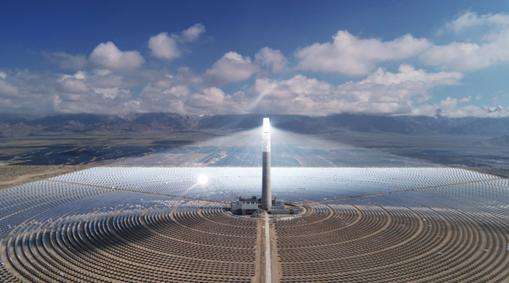One ton is approximately 100 kilograms. Gas generator set is a new type of generator set developed to adapt to global environmental protection requirements and the new market environment. The copper production of the gas generator in the coal yard is about 100 kilograms per ton. the specific amount depends on the weight of the unit. Copper is a metallic element and a transition element. Its chemical symbol is Cu, English copper, and its atomic number is 29. When the surface is first cut, it is red-orange with a metallic sheen. the simple substance is purple-red.
Why did copper come first, then iron?
Old vertical coal-fired boilers did not have copper tubes. The working principle of old-fashioned boilers is to burn coal or natural gas to heat water in the pipes and useize the water vapor generated to operate. This process means that the boiler cannot be made from copper, as copper has a low melting point. point and is easy to burn. At the same time, copper The price is also high, and the use of copper will increase the cost of the boiler.
Because the melting point of copper is lower than that of iron. The melting point of copper is about 1083°C, which is much lower than the melting point of iron of 1535°C, and the melting point of bronze alloy is even lower. Metals vary in their reactivity. Iron is more reactive than copper, so the reduction of iron is lower than that of copper.
Metals in the form of compounds, such as the sodium found in table salt (sodium chloride), are considered reactive. Copper is also a less reactive metal and easier to reduce.
Detailed information:
Since the activity of the metal is determined based on the standard electrode of the electric potential of the metal, while the metallicity is only related to the ability of the metal to lose electrons, so the metallicity and activity of the metal will be inconsistent.
Additionally, the mobility of some metals will be affected by solvents, pH values and precipitants. The measurement conditions in the Metal Activity Sequence Table are standard thermodynamic conditions. The sequence of activities can only be used as a reference, suitable in most cases. In special cases it is necessary to calculate non-standard electrode potentials.
In water, lithium is the most mobile metal. Although lithium is the weakest metallic element among alkali metals, due to the small radius of lithium atoms and ions, the strength of the ionic electrostatic field is relatively large.
The hydration energy of Li+ is particularly high, which masks the shortcomings of lithium's high sublimation energy and ionization energy, making it the most mobile metal in the water. The reaction between lithium and water is slow, on the one hand because the sublimation energy and the melting point of lithium are relatively high, which hampers the reaction kinetics.
Baidu Encyclopedia - Metal Mobility
Baidu Encyclopedia - Copper














